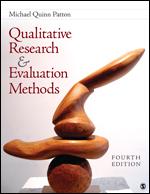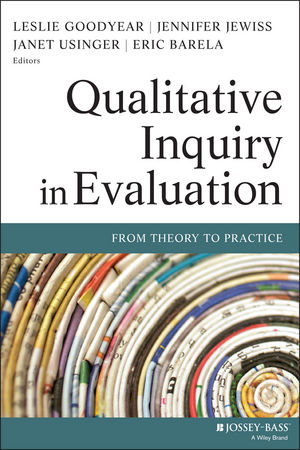My name is Michael Quinn Patton and I am an independent evaluation consultant. Development of more-nuanced and targeted purposeful sampling strategies has increased the utility of qualitative evaluation methods over the last decade. In the end, whatever conclusions we draw and judgments we make depend on what we have sampled.
Hot Tip: Make your qualitative sampling strategic and purposeful — the criteria of qualitative excellence.
Hot Tip: Convenience sampling is neither purposeful nor strategic. Convenience sampling means interviewees are selected because they happen to be available, for example, whoever happens to be around a program during a site visit. While convenience and cost are real considerations, first priority goes to strategically designing the sample to get the most information of greatest utility from the limited number of cases selected.
Hot Tip: Language matters. Both terms, purposeful and purposive, describe qualitative sampling. My work involves collaborating with non-researchers who say they find the term purposive academic, off-putting, and unclear. So stay purposeful.
Hot Tip: Be strategically purposeful. Some label qualitative case selection “nonprobability sampling” making explicit the contrast to probability sampling. This defines qualitative sampling by what it is not (nonprobability) rather than by what it is (strategically purposeful).
Hot Tip: A purposefully selected rose is still a rose. Because the word “sampling” is associated in many people’s minds with random probability sampling (generalizing from a sample to a population), some prefer to avoid the word sampling altogether in qualitative evaluations and simply refer to case selection. As always in evaluation, use terminology and nomenclature that is understandable and meaningful to primary intended users contextually.
Hot Tip: Watch for and resist denigration purposeful sampling. One international agency stipulates that purposeful samples can only be used for learning, not for accountability or public reporting on evaluation of public sector operations. Only randomly chosen representative samples are considered credible. This narrow view of purposeful sampling limits the potential contributions of strategically selected purposeful samples.
Cool Trick: Learn purposeful sampling options. Forty options (Patton, 2015, pp. 266-272) mean there is a sampling strategy for every evaluation purpose.
Lesson Learned: Be strategic and purposeful in all aspects of evaluation design, including especially qualitative case section.
Rad Resources:
- Patton, M.Q. (2014) Qualitative inquiry in utilization-focused evaluation. In Goodyear, L., Jewiss, J., Usinger, J., & Barela, E. (Eds.), Qualitative inquiry in evaluation: From theory to practice.Jossey-Bass, pp. 25-54.
- Patton, M.Q. (2015) Qualitative Research and Evaluation methods, 4thSage Publications.
- Patton, M.Q. (2014) Top 10 Developments in Qualitative Evaluation for the Last Decade.
The American Evaluation Association is celebrating Qualitative Evaluation Week. The contributions all this week to aea365 come from evaluators who do qualitative evaluation. Do you have questions, concerns, kudos, or content to extend this aea365 contribution? Please add them in the comments section for this post on the aea365 webpage so that we may enrich our community of practice. Would you like to submit an aea365 Tip? Please send a note of interest to aea365@eval.org. aea365 is sponsored by the American Evaluation Association and provides a Tip-a-Day by and for evaluators.


